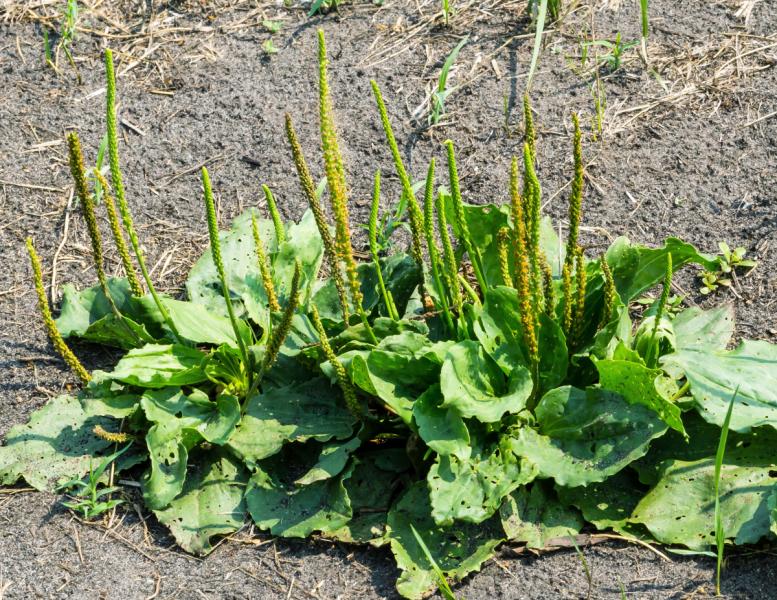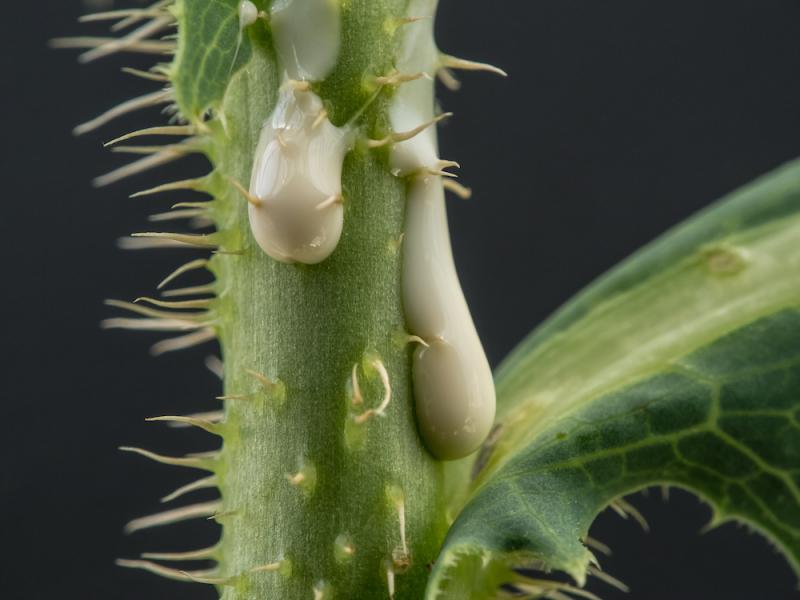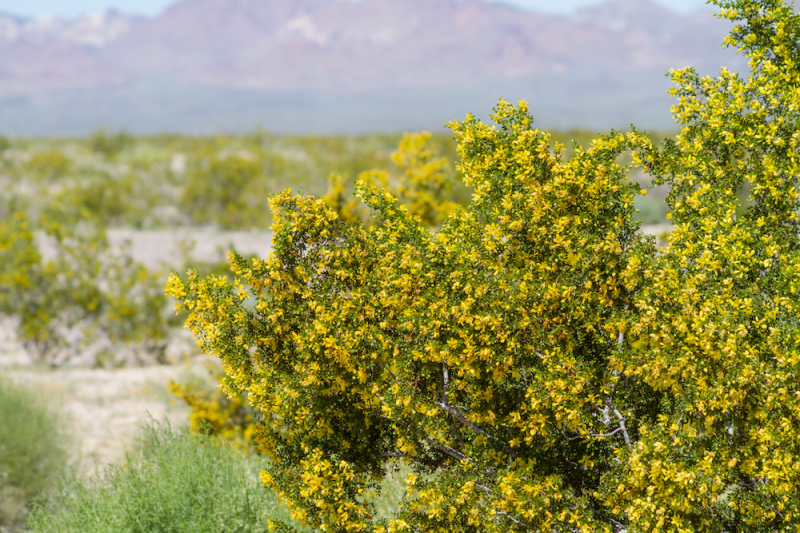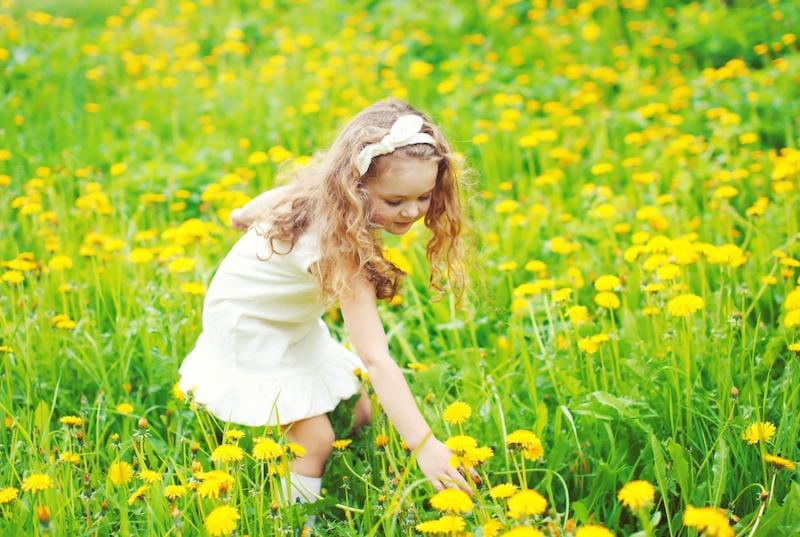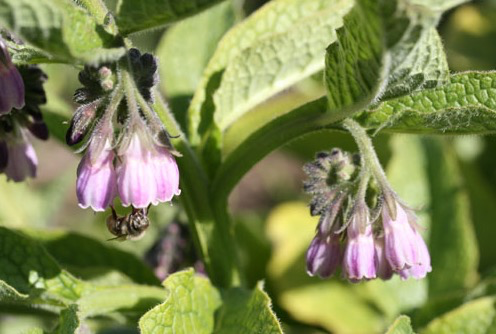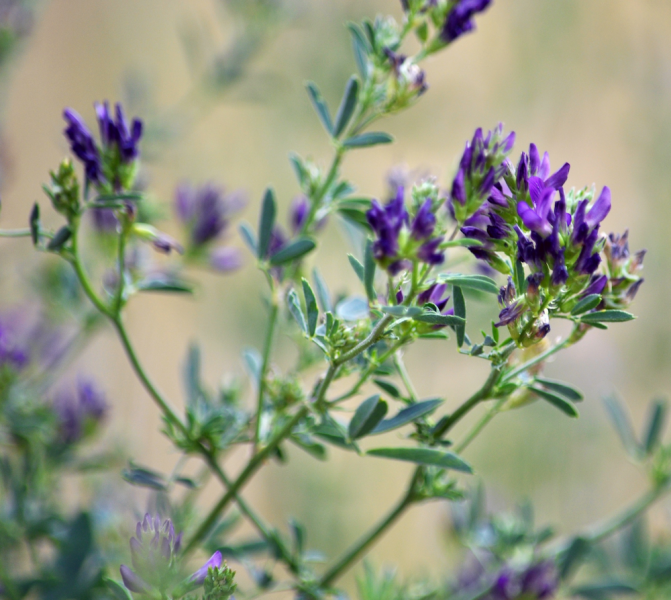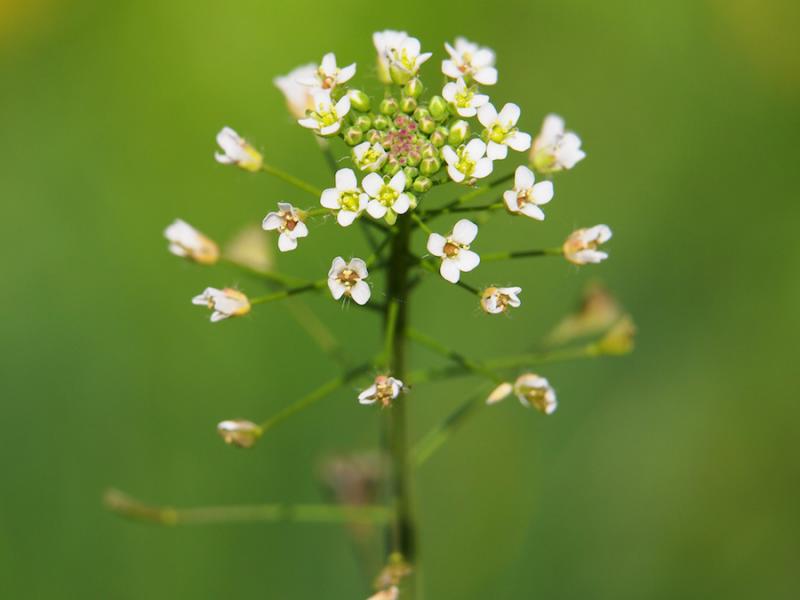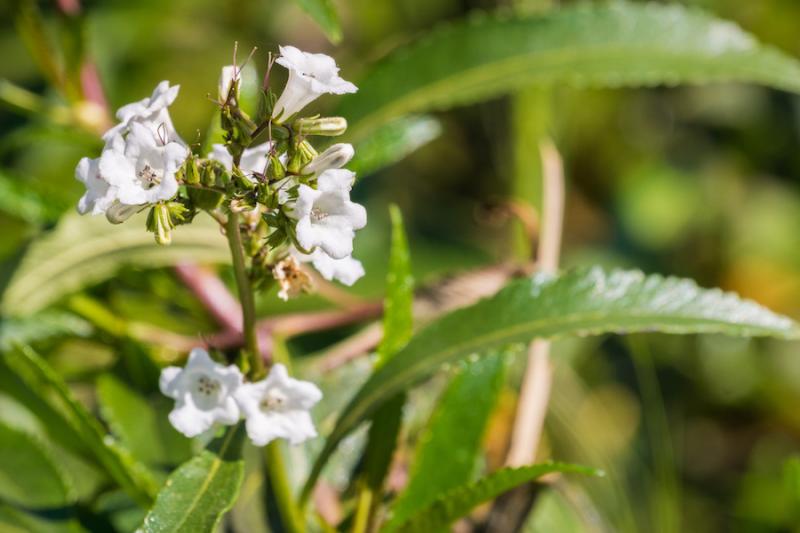- June 15, 2021
First Aid Kit in a Plant
Most of the students I’ve had over the years use herbal products that have been commercially manufactured. If you’re one of those people, there is one plant you ought to know how to identify and use because you won’t find a better plant for minor injuries, snake and insect bites, and bee stings. I’m talking about plantain. Like dandelions and other medicinal weeds, plantain is not native to North America. It was brought here by the European settlers and spread across the land as they spread,…
- June 8, 2021
The Wild Side of Lettuce
The salad lettuce you find at the grocery store, Lactuca sativa, has full lush leaves, but it's rough and tumble cousin, Lactuca serriola, has unkempt and scraggly leaves. Known as prickly or wild lettuce you might recognize it growing in rough and unkept spaces like cracks in sidewalks and vacant lots, or invading home gardens. As shown in the pictures, it’s an erect plant with leaves and flowers similar to that of the dandelion, which is in the same family. Wild lettuce contains a resinous milky…
- May 28, 2021
Chaparral: A Healing Shrub from the Southwest Deserts
In the deserts near where I live grows a scraggy-looking bush known as chaparral, Larrea tridentata. It’s neither tasty nor pleasant smelling, but it does produce bright yellow flowers in the spring. The odor is someone reminiscent of road tar (hence the other common name for it, creosote bush). The herb is coated with a sticky resin that protects the plant from UV radiation, reduces water loss, and discourages or outright poisons insects and herbivores who try to eat it. A compound was discovered…
- May 25, 2021
What Good Are Dandelions?
In spring, the bright yellow blossoms of dandelions start popping up in lawns, vacant lots, and roadsides. And I've often even seen entire fields emblazoned with them. I remember seeing one such field as a teenager and wondering why so many people seem to hate dandelions. From their yellow blossoms, which are so bright and cheerful, to their round seed heads, which have entertained so many wishes, dandelions are kind of fun. There’s something innocent and child-like about them. Years later, I…
- May 18, 2021
The Controversy of Comfrey
When I started using herbs in the late 70s, comfrey was one of my favorite remedies. In 1978, I broke my wrist in a moped accident; my ulna was broken and my radius was dislocated. After three months they were still not healing properly. So, I started comfrey along with other herbs. I took three capsules of comfrey along with one capsule each of lobelia and capsicum twice daily. In the next couple of weeks, my wrist made dramatic progress after failing to heal for months. Comfrey leaf was part of…
- May 11, 2021
Alfalfa: The King of Herbs
My first herb teacher, Edward Milo Millet, claimed that herbs were “nature’s natural nutritional supplements.” While I don’t think that’s true for every herb, it’s definitely true for alfalfa, which has been called the “king of herbs” and the “father of herbs.” You see a lot of alfalfa here in Utah, both cultivated in large fields and growing wild here and there. Out of curiosity, I looked up how much alfalfa is grown in Utah and, according to the USDA, about 600,000 acres were…
- May 4, 2021
Pause and Eat the Shepherd's Purse
One the books I have in my herbal library that is no longer in print is From the Shepherd’s Purse by Max G. Barlow. It's a guide to identifying and using common medicinal herbs and is named after shepherd's purse, the first herb listed in the book. This member of the mustard family appears all over North America every spring. Once you know what it looks like you’ll often spot it growing in lawns or vacant lots. It not only grows on my property here in rural Southern Utah, I’ve also spotted…
- April 27, 2021
Yerba Santa: The Holy Herb
My first experience with yerba santa wasn’t finding it in the wilds or reading about it. It was tasting the powdered herb from a capsule. It was in the 80s and I had adopted Samuel Thomson’s idea that tasting remedies was a good way to understand them. So, I decided to taste the herb myself before reading anything about its history and uses. Even in powdered form, I recognized its resinous and slightly warming nature, along with some bitterness and astringency. It reminded me of gumweed, a remedy…

